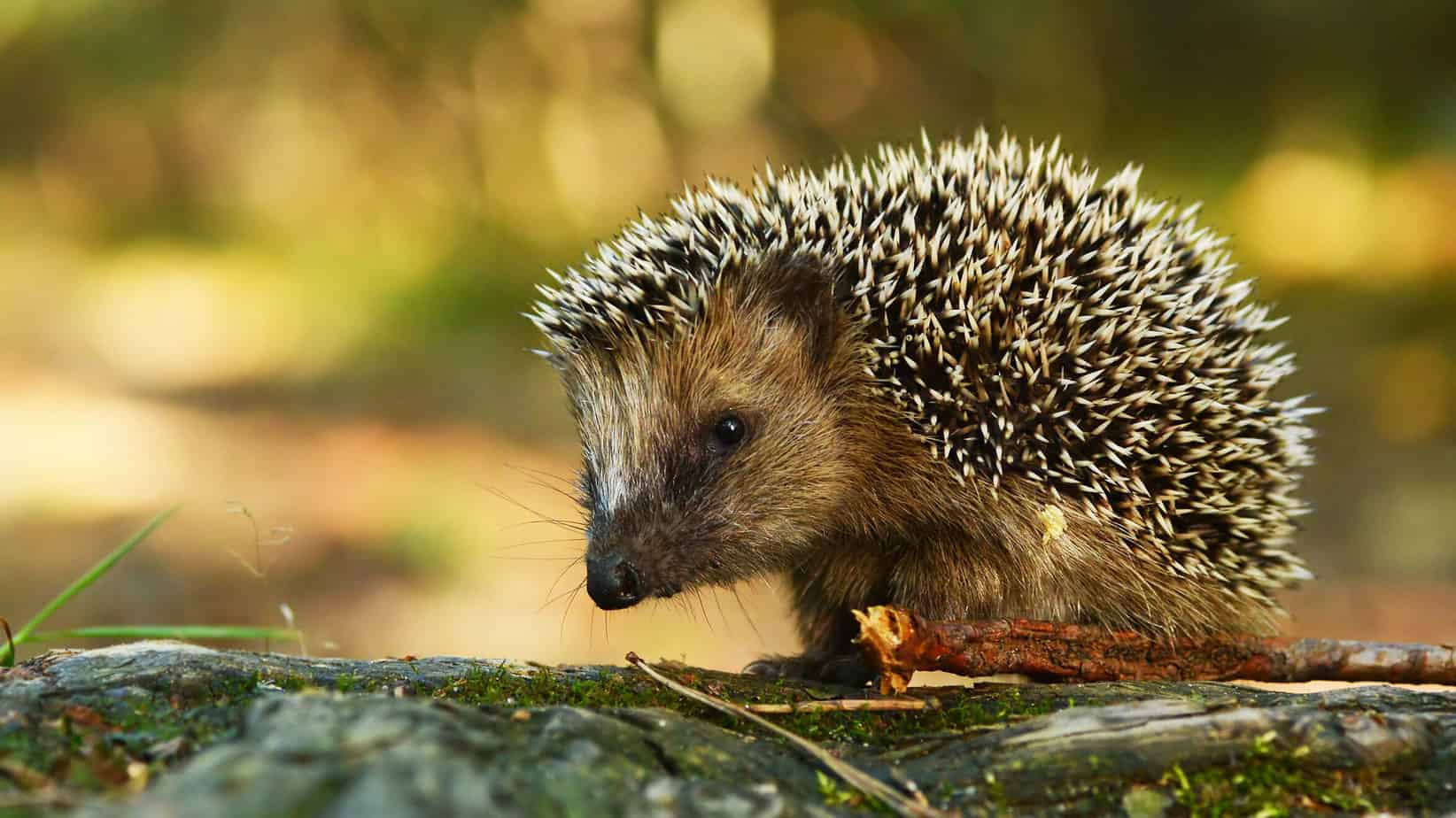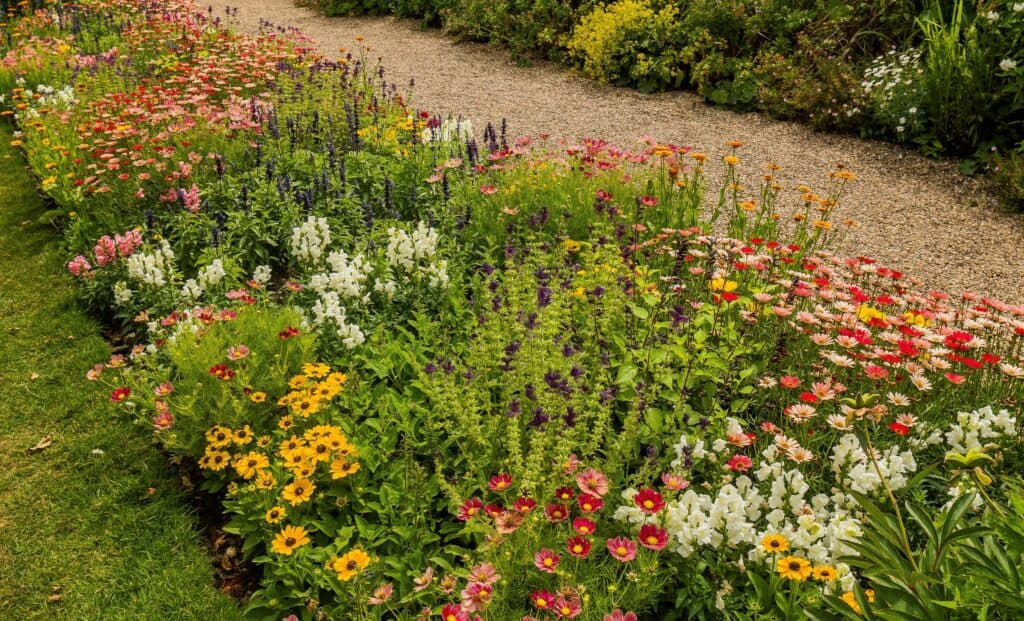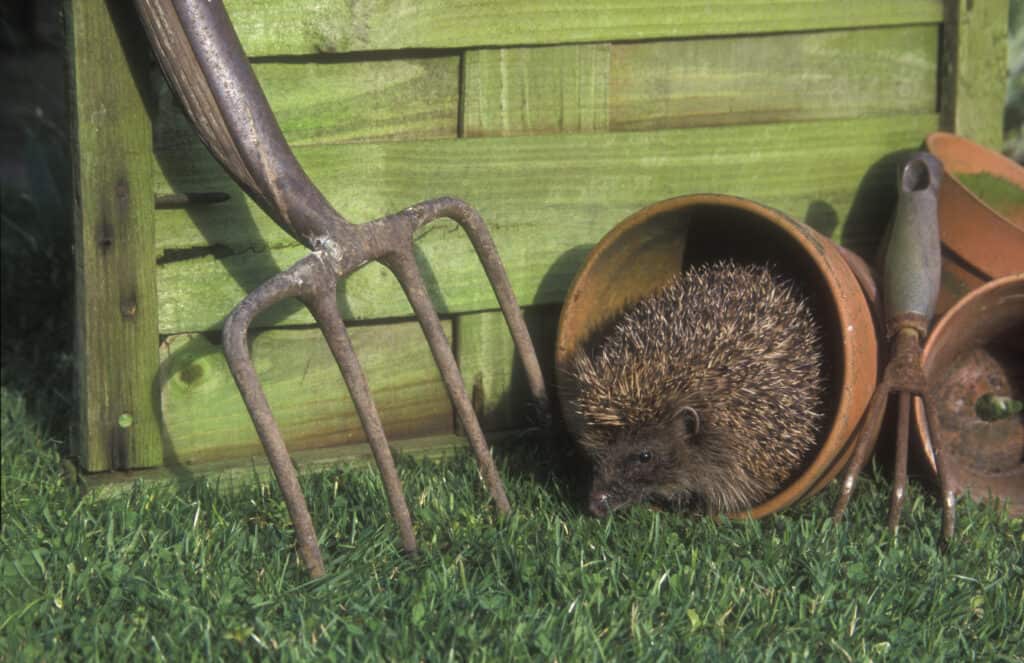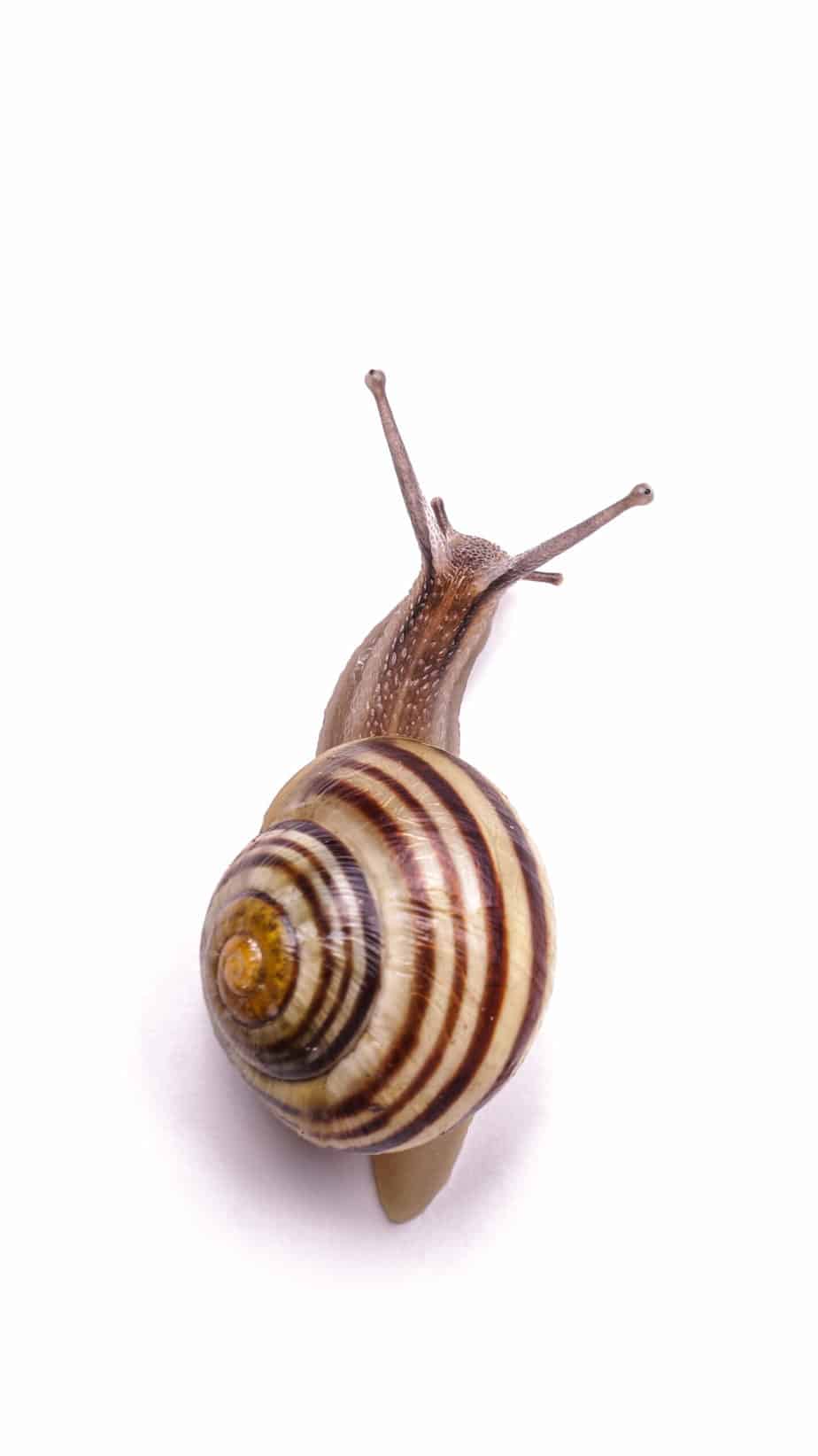
Free Delivery
On Orders Over £40
On Raw Orders Over £100
The hedgehog is symbolic of Britain’s wildlife, being present in both rural and urban areas. It is the UK’s only spiny animal. But the population of hedgehogs has been on the decline for a long time. While the numbers have recently started to stabilise in towns and cities, they continue to decrease in the countryside, with hedgehogs now officially being classed as “vulnerable to extinction”. As we head towards the warmer months, we’ll see hedgehogs come out of hibernation and start looking for food and safe places to build nests. Here are just a few ways you can make your garden hedgehog friendly and more enticing to our prickly friends.

The most important thing you can do for hedgehogs at this time of year is to put food and water out. They will be weak after months of hibernation, so their priority when they wake up is to find sustenance. They also need plenty of food to build up their fat stores for the next big sleep. Brambles and Spike’s have designed food specifically for hedgehogs, featuring all the nutrients they may need. Alternatively, they’ll also eat meat based dog or cat food, either wet or dry (crush any biscuits so that they are suitable for hoglets too). Avoid putting bread out as it is heavily processed and has very little nutritional value for wildlife. Hedgehogs are also lactose intolerant so you should never leave milk out for them, but water in a shallow dish is sure to be a welcome sight.

While hedgehogs will eat the food you put out for them, it’s important to note that their primary food source is garden insects, such as caterpillars and beetles. More plants results in more insects, so planting trees and bushes is a great way to encourage insects into the area as a food source for hedgehogs. Some people like to leave a small corner of their garden “wild”, which benefits other wildlife such as bees too.
You could assume that hedgehogs have a similar diet to birds and would enjoy the same offerings as the ones on your bird table. Hedgehogs will eat pretty much anything they come across, but as with most animals, it doesn’t mean they should! Mealworms, peanuts and sunflower hearts contain high levels of phosphorus, which is harmful to hedgehogs if they consume too much. Calciworms are slightly better, but again will cause imbalances in the hedgehog’s blood if eaten excessively.
Hedgehogs don’t need to worry about their step count – they can travel over a mile every night in search of food or a mate! Accessibility is one of the reasons behind the population decrease, due to hedges and other natural barriers being replaced with more secure fencing which hedgehogs are not able to get through. This lack of access can also force them out onto roads in search of another grassy area.
So how can you help? Wildlife organisations are encouraging people to create a “hedgehog highway” by cutting small holes into garden fences. This enables them to pass safely through into different gardens and green spaces. The holes don’t need to be very big; hedgehogs can fit through gaps as small as 13cm x 13cm. However, you might want to clear this one with your neighbours first!

You’ve provided food sources, water and a way to access different green spaces. What’s next? Your spiky garden visitor needs a safe place to build a nest. Hedges, trees and bushes are great for this as well as attracting insects. Other popular nesting spaces for hedgehogs are leaf or log piles; always make sure you check these are clear of nests or animals before you tidy them away or light any fires! Also, if you have long grass that needs maintaining, try to remember to check this for hedgehogs before you start mowing or trimming it. Those prickly spines aren’t going to protect them from lawnmowers!

Other hazards the hogs may come across in your garden are drains, which should always be covered, netting and ponds. If you’re lucky enough to have a pond, it might be worth thinking about building a small ramp, so that wildlife can climb out easily.
If you’ve got pets then you’ll already be very wary about putting any kind of pesticides or slug pellets out in your garden. These can be incredibly dangerous to hedgehogs too, so should be avoided wherever possible. Besides, why would you need them when hedgehogs are natural slug repellents themselves? They’ll happily eat away your garden slug and snail populations for you.
Finally, there’s the question of how to protect hedgehogs from your own pets, which may only be inquisitive but can sometimes attack smaller animals. If you have a garden light, you could switch this on when letting your dog out in the evening or at night; the sudden illumination will warn a hedgehog that something is coming. Some people even build little houses for hedgehogs! This provides another safe nesting space, while also protecting them from any larger dangers.

Head over to our Small Animal section to browse our various hedgehog foods. Now is the perfect time to start preparing your garden for our spiky friends – let’s try and get those population numbers going in the right direction!
Sign up to get exclusive deals in your inbox.
We won't share your email address.